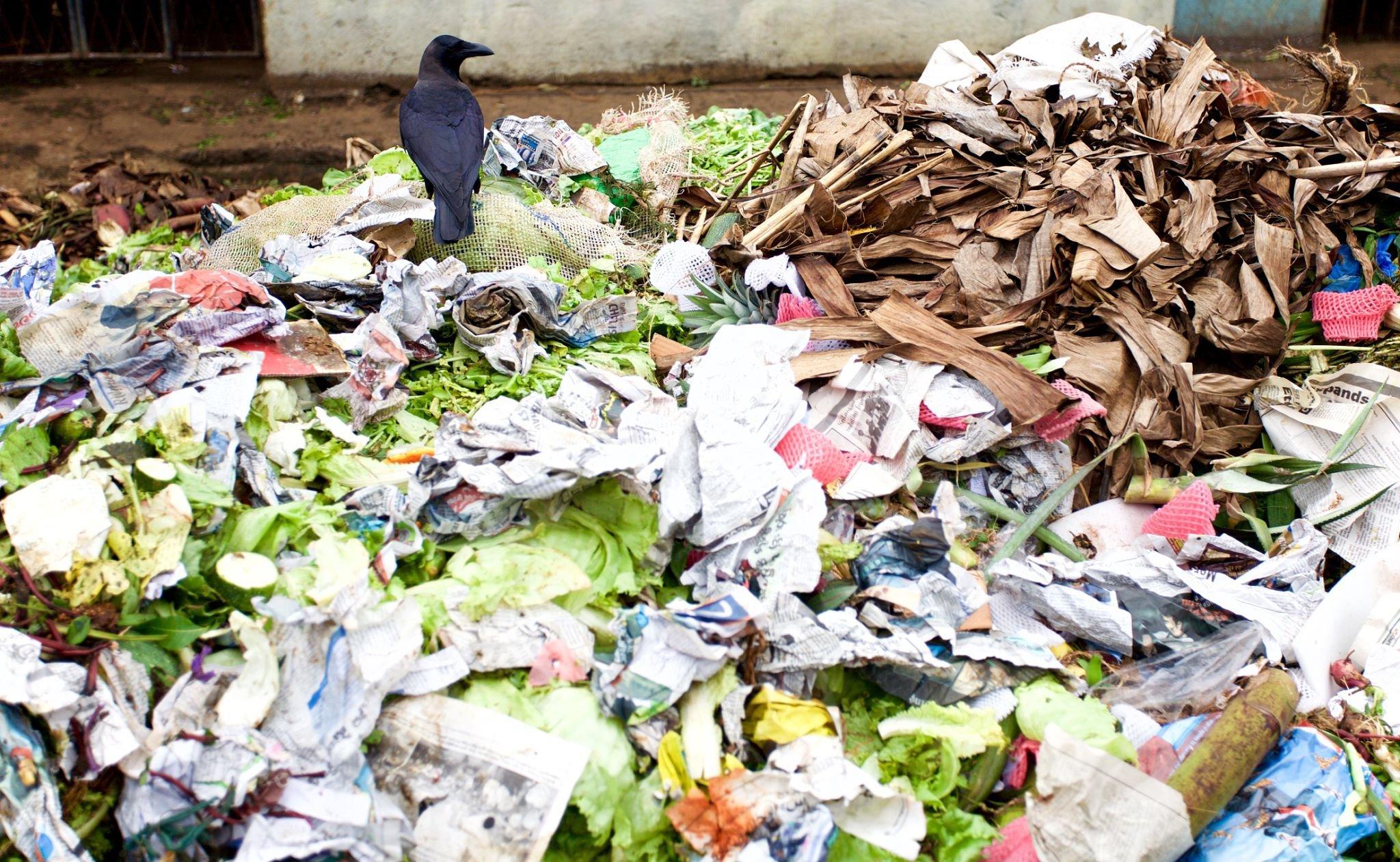Waste of pamphlets, flyers, and other materials in daily life.
- Wastage of Flyers, Brochures, and Pamphlets in Day to Day Life
In today's fast-paced world, we are constantly bombarded with advertising and promotional material. Walk down any busy street or visit a shopping center, and you'll likely be handed flyers, brochures, or pamphlets promoting products, services, or events. While these marketing tools aim to inform and engage the public, their ephemeral nature often leads to a significant amount of wastage.
One of the primary reasons for the wastage of flyers, brochures, and pamphlets is their disposable nature. Most people tend to view them as temporary pieces of information to be glanced at briefly and discarded afterward. This mindset of disposability leads to an abundance of unnecessary waste and contributes to environmental issues, such as deforestation and increased carbon emissions from manufacturing and transportation processes.
Another reason for the wastage is the lack of effective targeting. Many companies and organizations distribute their marketing materials indiscriminately, without considering whether the target audience would find them relevant or useful. As a result, these materials often end up in the hands of individuals who have little interest or need for the information. This results in a high percentage of thrown-away flyers, brochures, and pamphlets, leading to unnecessary resource consumption and wastage.
Furthermore, the advancement of technology has significantly reduced the reliance on physical paper-based marketing materials. In this digital age, where smartphones and tablets are prevalent, people have easy access to the internet and can obtain information instantaneously. Online platforms, social media, and email marketing have become more popular and efficient ways to disseminate information, reducing the need for printed materials. Therefore, the continued production and distribution of physical marketing materials can be seen as outdated and wasteful.
To address this issue, companies and organizations should adopt sustainable practices and find alternative methods to promote their products or services. Here are a few suggestions:
1. Embrace digital marketing: Utilize online platforms, email campaigns, and social media to reach a wider audience in a more cost-effective and environmentally-friendly manner.
2. Targeted distribution: Conduct thorough research and ensure that promotional materials are distributed to individuals or locations where there is a higher chance of engagement and interest.
3. Enhance durability: If printed materials are necessary, consider using more durable materials such as recycled paper or alternative eco-friendly options that can withstand multiple uses.
4. Educate the public: Raise awareness about the impact of wastefulness and encourage individuals to be mindful of their consumption and disposal habits.
5. Opt for opt-in: Instead of distributing physical materials without consent, provide options for individuals to choose whether they want to receive print materials or prefer digital alternatives.
By adopting these practices, we can significantly reduce the wastage of flyers, brochures, and pamphlets. Additionally, this shift towards sustainability demonstrates a commitment to environmental responsibility and can enhance a company or organization's reputation among consumers who value sustainable practices.
In conclusion, the wastage of flyers, brochures, and pamphlets in day-to-day life is a pressing issue that needs to be addressed. Companies and organizations must reconsider their marketing strategies and embrace more sustainable alternatives. By doing so, we can reduce environmental harm, conserve resources, and create a more mindful and responsible society.
- Team The Digital Presence (Paperless Pamphlet Circulation)

